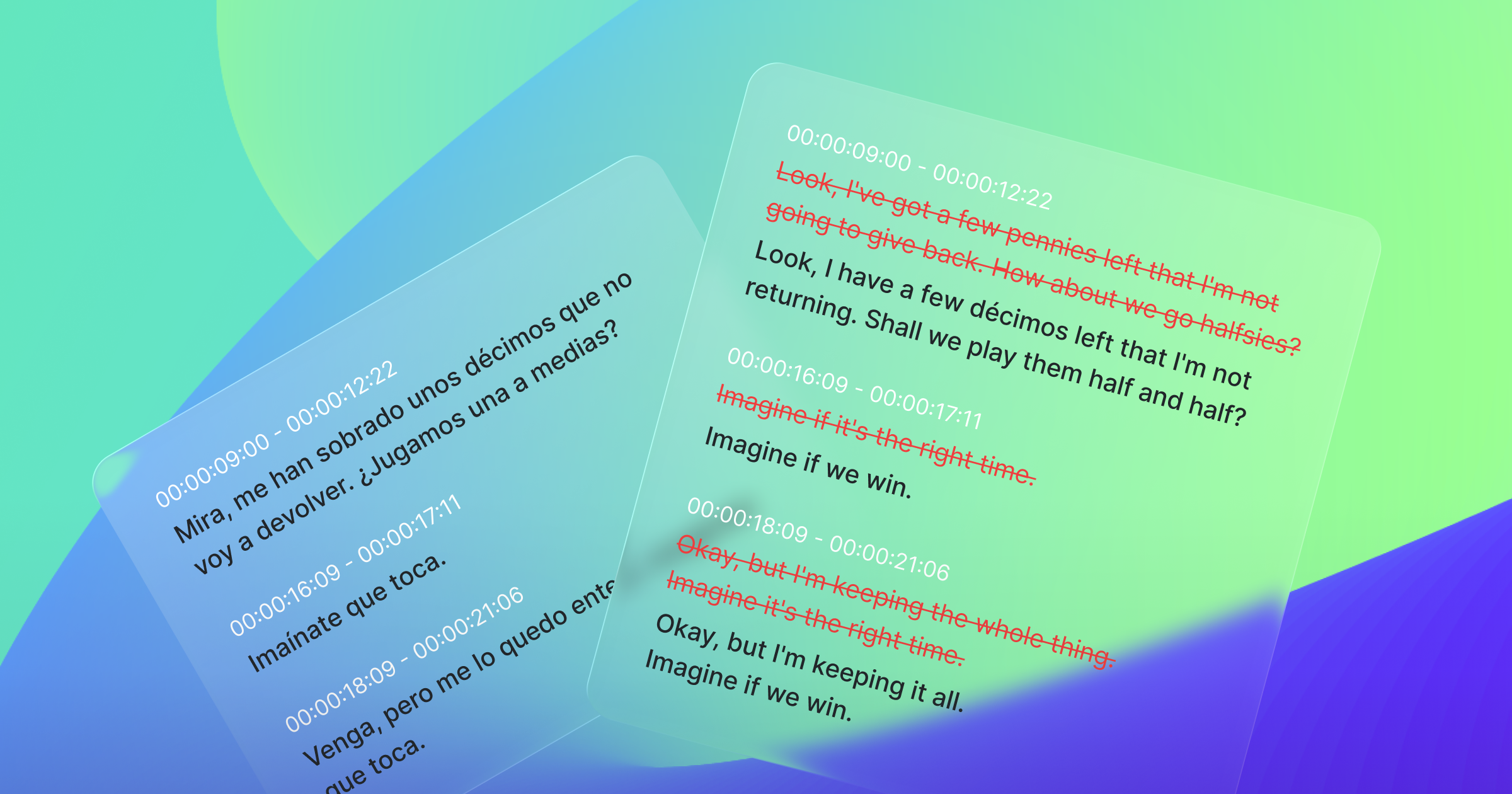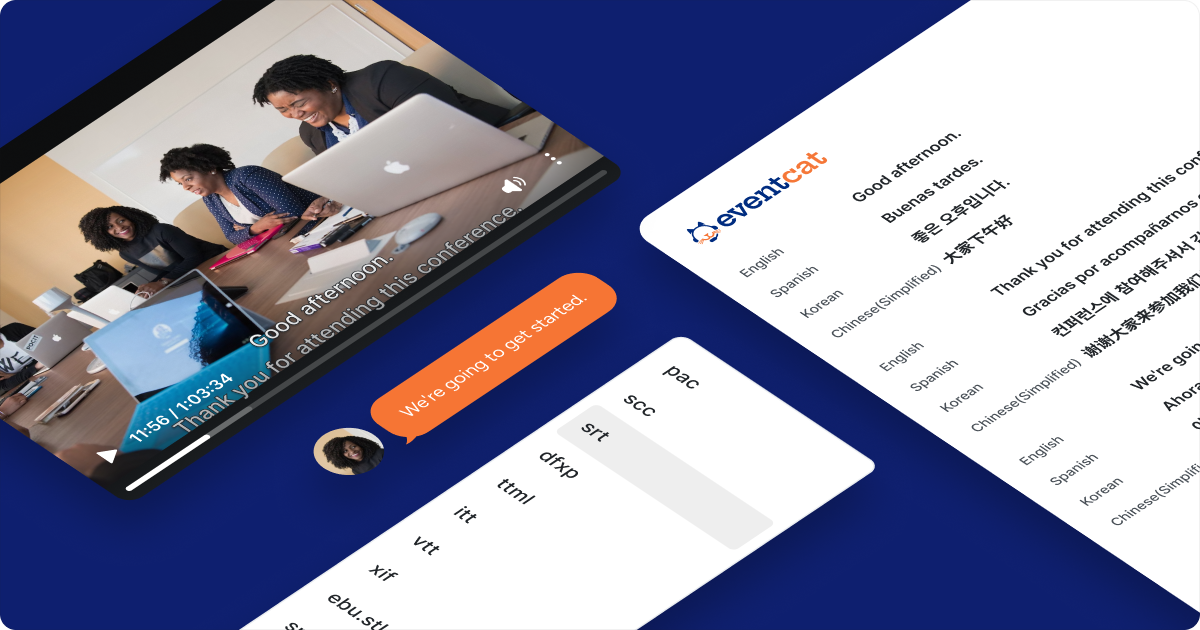Although generative artificial intelligence (GenAI) and large language models (LLMs) have been developing for years, OpenAI's ChatGPT, representing by LLMs, burst onto the scene in 2023, answering hundreds of millions of prompts, skyrocketing the world's interest in artificial intelligence and generative AI. Many are amazed by the platform's capabilities but have also left companies in the AI space feeling like they’re falling behind. Others are left feeling vulnerable about AI advancements, automation, and the possibility of losing job opportunities. Many AI start-ups are cautious about relying too heavily on existing OpenAI algorithms and data, exposing them to concerns about accuracy, privacy, and data biases.
AI is disruptive, changing our workflows and pushing us towards developing new ones. How we adapt and adjust to what business models will be unlocked and how this technology will contribute to economic productivity will unravel over time. The age of generative AI has transformed how businesses operate, serve customers, and grow. In this age when AI models are becoming increasingly accessible to all, AI startups face a great challenge, and along with this challenge comes a great opportunity – the opportunity to differentiate.
Machine Translation vs. Large Language Models - Quality vs. Quantity
Content is at the center of media and entertainment, and LLMs are disrupting content service industries, enabling fundamental change in how content is created in any desired language. Large Language Models are trained on much larger bodies of data than traditional machine translation models, which may encourage us to assume that LLM translation capabilities outweigh those of MT. However, this is not always the case.
Several research papers explore aspects of LLM vs. MT capabilities, revealing that LLM's translation performance is inferior to dedicated/specialized MT engines. Per this Vice article, which notes a recent study by Amazon Web Services AI lab, researchers found that over 50% of content on the web has been machine-translated by LLM models, with high degrees of inaccuracy – especially for low-resource languages that often have lower data sets to pull from. This raises concerns about training large language models since their data has been scraped from the open internet. According to the 2023 study; ChatGPT MT: Competitive for High- (but not Low-) Resource Languages, analysis suggests that ChatGPT is especially disadvantaged for lower resource languages. Therefore, by using more translation-specialized data in machine MT, the quality of the translated content is arguably higher.
This is also the case for XL8, with media customers continuing to choose its customized machine translation platform based on performance, and the overall value it delivers. In fact, XL8 has experienced 500% revenue and 600% customer growth in 2023, highlighting its superior quality compared to LLM's performance. XL8 has been able to fine-tune its MT model addressing the unique requirements for the media and entertainment industry, providing more accurate translations to support its customers’ media localization success.
Quality First
What sets XL8 apart is that its colloquial translation engine is trained on top-tier media translation data, designed to ease customer language barriers in live broadcasts and online events. Using knowledge bases specific to the media industry yields much higher accuracy and quality outputs. XL8's custom-built translation models have been specifically trained for the media industry and include solid contextual understanding, which enables the system to produce highly accurate results for the customer base.
Showcasing the company’s long-term commitment to development in machine translation, a recent research paper; Enhanced Simultaneous Machine Translation with Word-Level Policies, published by XL8’s research team, Kai Kang Kim and Matthew Hankyu Cho, highlights` an innovative method for enhancing the performance of Simultaneous Machine Translation (SiMT). This study demonstrates that by adopting the word-level approaches (vs. the more traditional subword-level method), it is possible to achieve more accurate translation results.
LLMs as an Opportunity – The Hybrid Approach
XL8 has taken a unique and hybrid approach since 2019 by integrating LLMs into its proprietary MT models – carving out a competitive market niche. The emergence of LLMs such as ChatGPT are helping to advance the development of customized machine translation. With the advent of neural machine translation models (NMT), the quality of translation provided by MT systems has significantly improved and while LLMs and MTs are distinct technologies, they can complement each other. LLMs can be transformative for many businesses, and by integrating them, companies can take advantage of their advanced language processing capabilities - as LLM advances, so can machine translation performance.
Creating Value
Through its hybrid approach and long-term research and development, XL8 has transformed localization services helping its clients streamline global communication. By leveraging unique strengths, expertise, and value propositions that address specific market needs and opportunities, XL8 has built long-term customer relationships that are driving company growth.
Ultimately, while AI LLM models like ChatGPT offer powerful capabilities, they are just one piece of the broader AI ecosystem. By focusing on specialized expertise, differentiation, customization, value-added services, ethical practices, innovation, and collaboration, AI start-ups can survive and thrive in the age of advanced AI technologies.
XL8 provides localization tools for the media and entertainment marketplace, helping companies optimize their localization processes with collaborative AI-powered machine translation technology. XL8's custom-built translation models have been specifically trained for the media industry and include solid contextual understanding, which enables them to produce highly accurate results.

.png)








